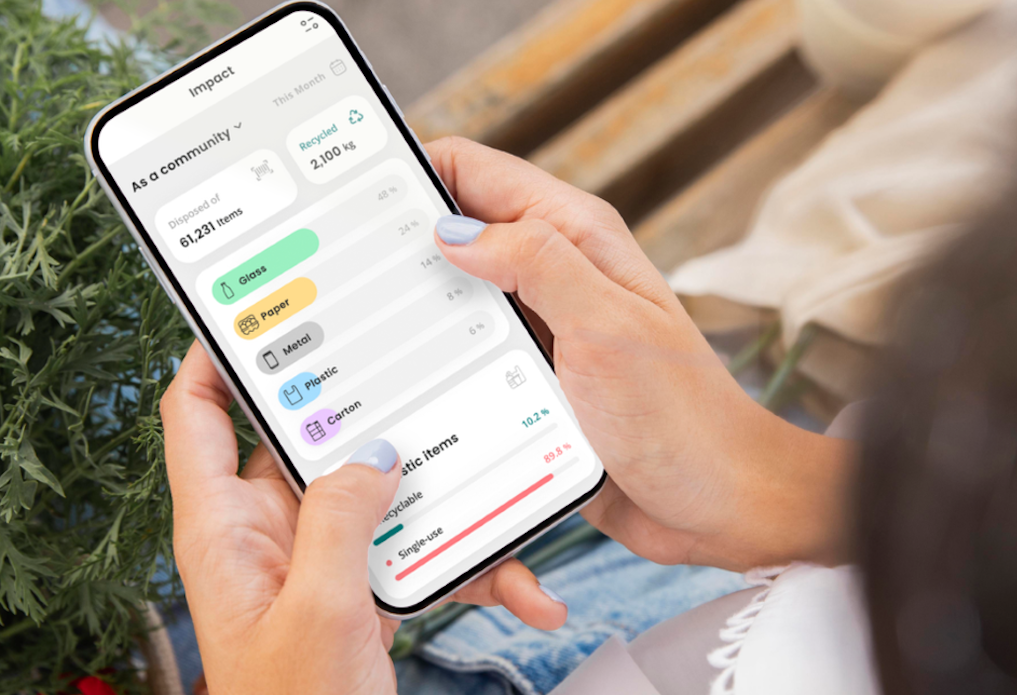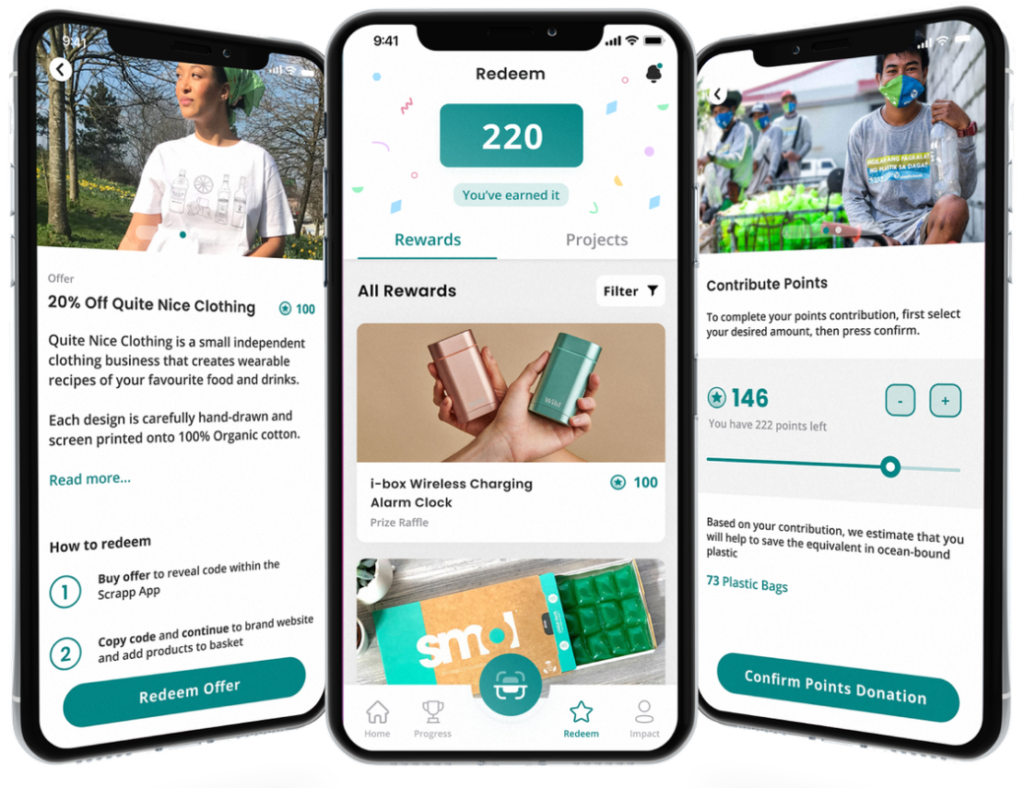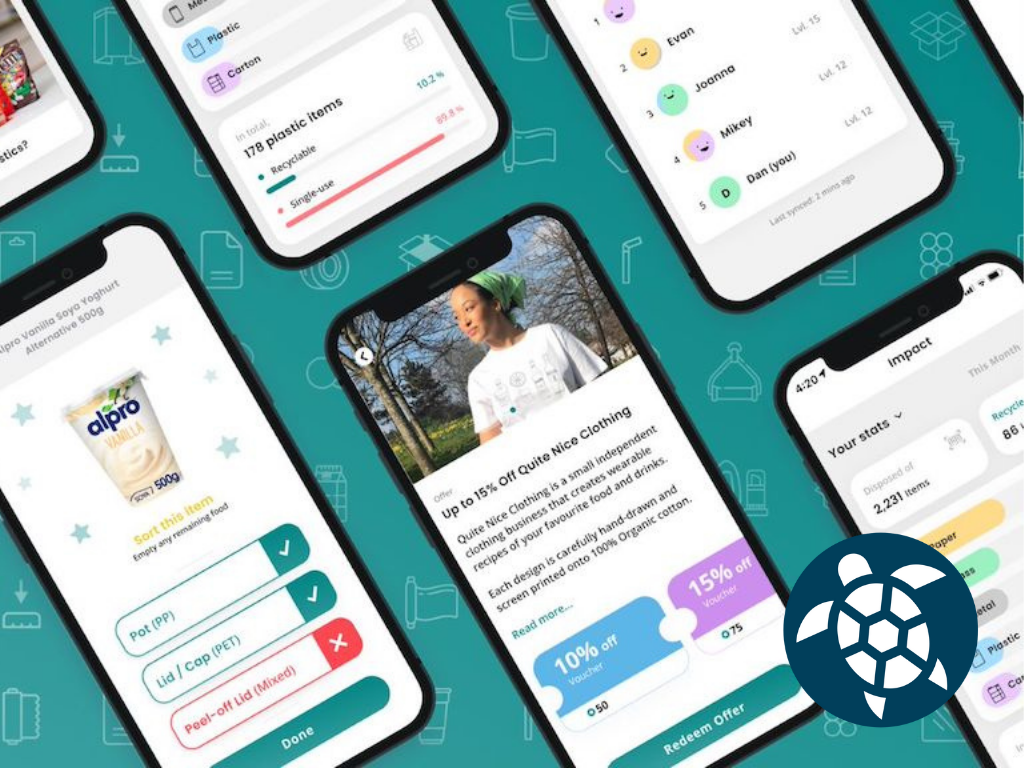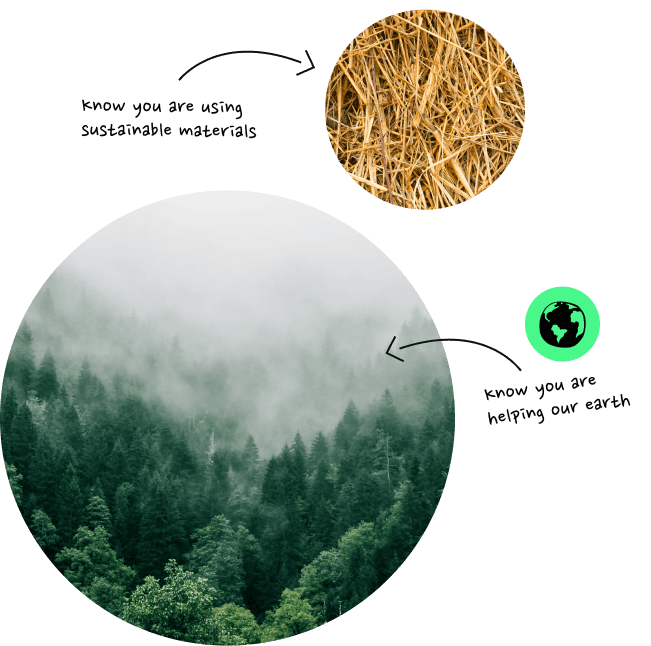If you find recycling confusing, you are not alone. Multiple studies and surveys regularly find that most consumers are not clear on what is recyclable and what is not, what plastics can be recycled, if that all and what they should do with their recyclables generally. Globally, recycling rates are painfully low, especially when it comes to plastics- in fact, less than 10% of all plastics are recycled. Worse, behaviors such as wishcycling end up causing contamination and sometimes, entire recycling bins have to be thrown out. Enter Scrapp, a new UK-based mobile waste-fighting app that is working to change things- all you need to do is scan a product’s barcode and the app will tell you whether it can be recycled and where to recycle it in your local municipality. Currently the app works for UK consumers best but the team has global ambitions. In the below interview, we speak to Dan Marek, Scrapp co-founder, about the geo-location technology behind the app, why he still thinks recycling matters and their mission to help support
Tell us about Scrapp: what is it and what does it do? What’s the tech behind it?
Scrapp is a mission-led platform that makes recycling simple, fun, and rewarding for everyone.
Our free app enables you to see if an item is recyclable or not, according to your local recycling rules, simply by scanning the barcode. That’s not all though. Because, with Scrapp, your climate-conscious efforts earn you Scrapp points, our brand new digital currency. You can spend these points to get money off your favourite eco-friendly products or services via our in-app, sustainable marketplace. Or you can contribute points to help support planet-positive causes like removing ocean-bound plastic or planting trees.
The app uses a crowdsourced sustainability approach – we call it the recycling revolution. This approach enables anyone to submit new packaging information to our library, which benefits the entire community. In return for submitting info, we remove five plastic bags from the ocean on their behalf, thanks to our friends at NGO Plastic Bank. This has proved to be an effective way of building our library of products since we’ve already crowdsourced over 20,000 products in just four months. Our proprietary verification system allows us to minimise any incorrect info getting through.
How did you come up with the idea?
In 2019, the co-founders met in a sustainable engineering class where we learned that over two-thirds of all recyclable consumer packaging ever made has ended up in landfills. So we decided to come up with a solution. Our adolescent naivety probably gave us the confidence to start, if I’m honest. But it’s no doubt been our relentless, systematic approach to overcoming adversity that’s got us where we are today.
This quote from Mary Annaïse Heglar, a climate justice writer, summarises our perspective perfectly: “The thing about climate change is that you can either be overwhelmed by the complexity of the problem or fall in love with the creativity of the solutions.
We first designed an elaborate AI module that would automatically sort recyclables but realised early on that we’d face significant challenges in scaling the solution and ensuring it was accessible to all. It was at this time that we stumbled across the Tiny Habits book by BJ Fogg. His research inspired us to take a far more behavioural-science approach. This led to us pivot our solution to a free app that would educate and empower people to recycle right, without the need for costly retrofits/additional infrastructure.
What is your background? What made you become the founder of a recycling app?
As co-founders, we come from an engineering/sustainability background. But we’re incredibly fortunate to have such a talented team and diverse group of advisors who are passionate about making Scrapp a global success.

There are other recycling apps out there, how is yours different?
There are other recycling apps available. But Scrapp is the first to combine a sustainable reward scheme for recycling, along with a barcode scanning feature and category system that can be implemented anywhere in the world with recycling infrastructure.
Reducing contamination in recycling has been tried and tested with smart bins and AI cameras, and they do work to some extent. But the real root of the problem is confusing guidance. Our competitors have suffered from slow-moving business models which pay-wall recycling guidance and rely on costly infrastructure. So we designed our app to be entirely free, so our community can work with us to build our unique platform, similar to how Waze and My Fitness Pal did it.
Why tackle recycling when less than 10% of plastics are recycled globally? Why not work on the reuse and refill movement for example?
This statistic keeps us motivated to do what we do. To empower people to recycle correctly, reduce contamination, and drive up the value of the secondary materials markets, ensuring that recycling remains viable and continues to play a critical role in reducing emissions in the fight against climate change.
But we also recognise that the plastic waste problem isn’t the consumers’ fault. So our long-term vision is for people also to use Scrapp whilst they shop. To instantly see sustainable alternatives that prioritise reuse and refill to help people better understand the environmental impact of the products they’re purchasing.
The timing to support Scrapp is now. With the Environmental Bill currently on its way through parliament right now, Scrapp is ready to support the UK’s transition to a circular economy.
How will you address the issue that every local town has different rules/requirements? You are currently addressing the UK market. Is the app geographically scalable? Can you go global?
You raise a great point about the challenges of localized guidelines. It’s something we spent a lot of time in our early days to try ‘get right’. Here’s how we’re tackling it: We built a dynamic backend system that allows us to tailor guidance geo-spatially in line with the rules from local authorities.
This has proved to be incredibly scalable since we already support local recycling rules for 500+ schemes inside UK authorities. We’re also ready to roll out the same support in Canada, and we’re hoping to have most of the USA done by Christmas. All in less than 12 months.
So we may just be closer to simplified recycling on a global scale far sooner than you might expect!

What’s the end goal here? Where are you looking to be in 10 years?
Our current progress proves that Scrapp could divert 85,000 tons of wrongly placed recyclable waste for an average-sized city (approx. 500,000 users) each year, saving approximately $35 million in landfill fees. Our long term vision is to become the go-to platform for reliable recycling advice in countries worldwide. In the meantime, we’re seeking to work with local authorities and organisations to roll out more engaging, data-driven recycling programs that genuinely engage their communities. We’re also seeking to work with supermarkets to help them better align with their CSR goals by showing them the environmental impact of the products and packaging sold in their stores.
Why don’t we recycle enough? What are the major barriers standing in the way?
From a behavioural science perspective, something is deemed not worth our while when the effort required to complete a task outweighs the perceived intrinsic/extrinsic benefits predicted from carrying it out. So for recycling, we come at this using a three-sided strategy. Firstly, by removing the most significant barrier to recycling correctly – confusing guidance, then providing rewards that motivate them to complete the task. Finally, encouraging them to keep up the positive habit each day by showing them that each of their efforts leads to a measurably positive impact when multiplied across an entire community, all doing the right thing.
What can packaging companies do to help make things better?
We’re not packaging consultants. But we’ve spoken to several who have mentioned that two of the most effective things companies can do to reduce the impact of their packaging are: simplifying (using less mixed materials) and taking a whole lifecycle approach. It’s crucial to recognise that eliminating plastic, for example, is not always the most sustainable option, especially when it comes to minimising food waste. If you want to learn more, we made this post.
How can businesses work with you? And more specifically, how can packaging companies work with you?
For any brands or packaging companies keen to be a part of what we’re building, the easiest thing they can do is share their product and packaging info with us. It’s a super quick process that ensures their customers get free, local recycling guidance for their products. In the near future, we’re also adding support for brands to share information about their supply chain and steps they’ve taken to make their packaging more sustainable, e.g. FSC, which symbolises responsible sourcing of materials. This will help us to make suggestions to consumers for sustainable alternatives to products they are purchasing.
Scrapp is currently running a crowdfunding campaign on WeFunder- support them here. The Scrapp app is available in both iOS and Android versions – download here.
All images courtesy of Scrapp.





